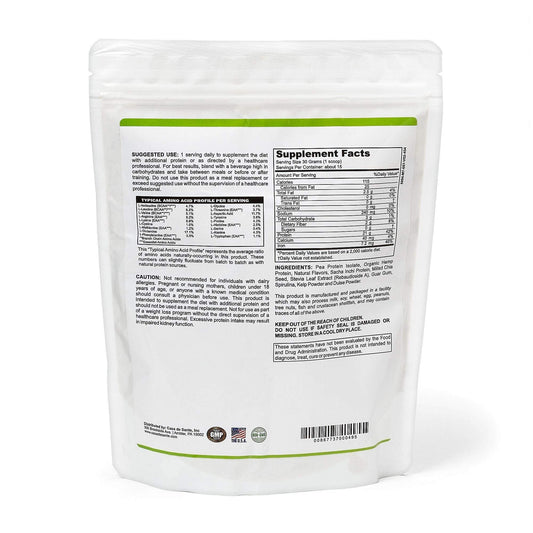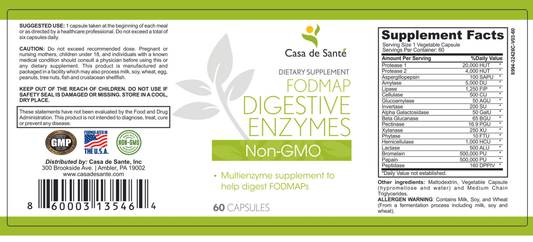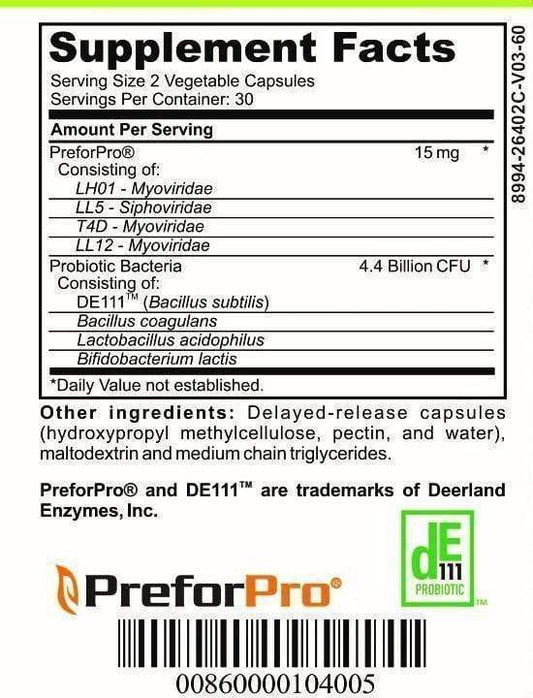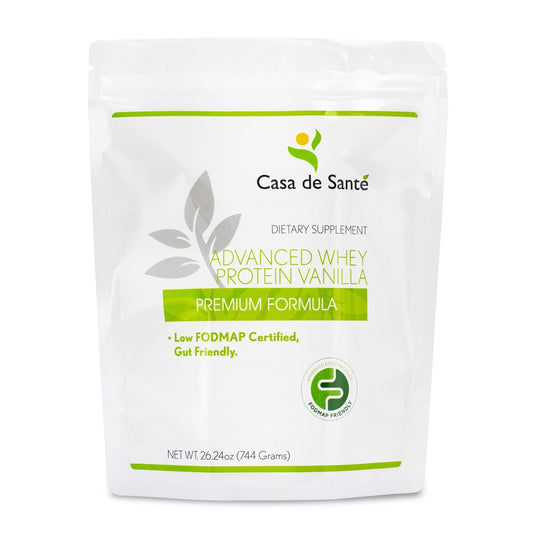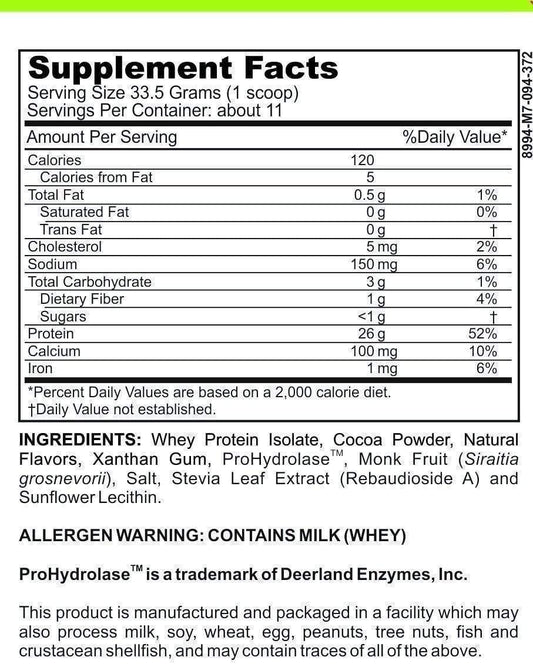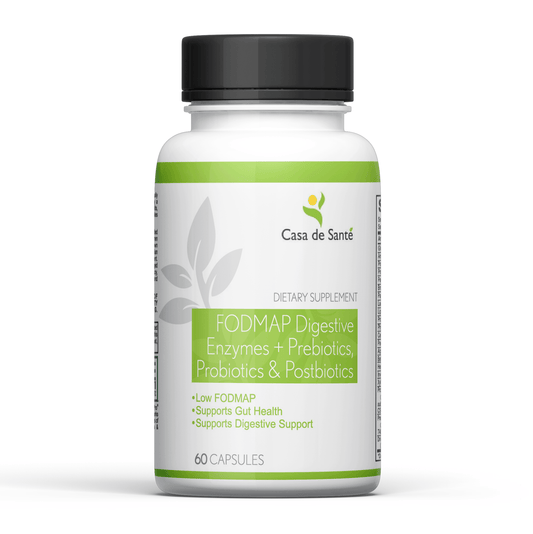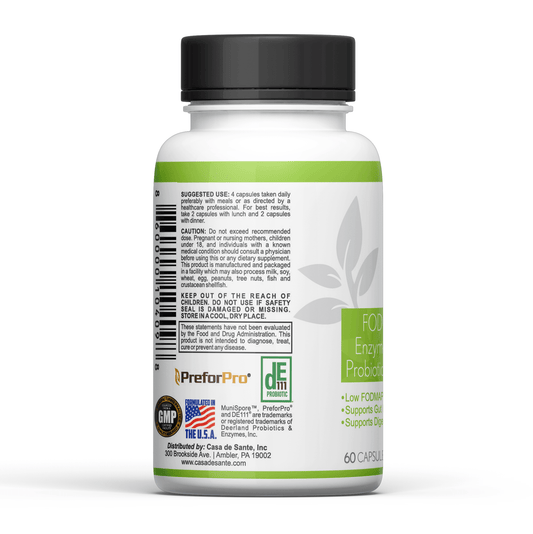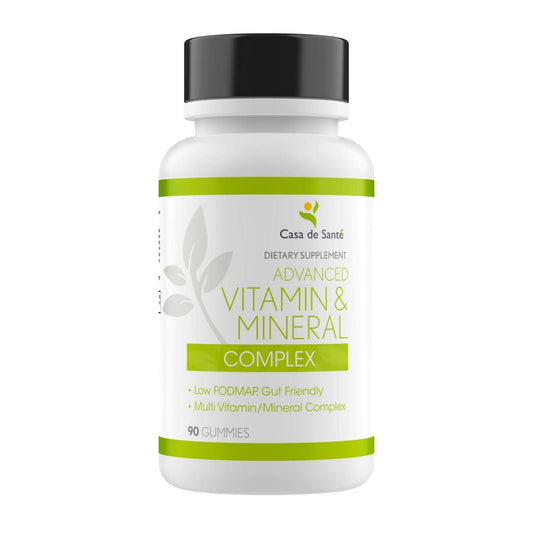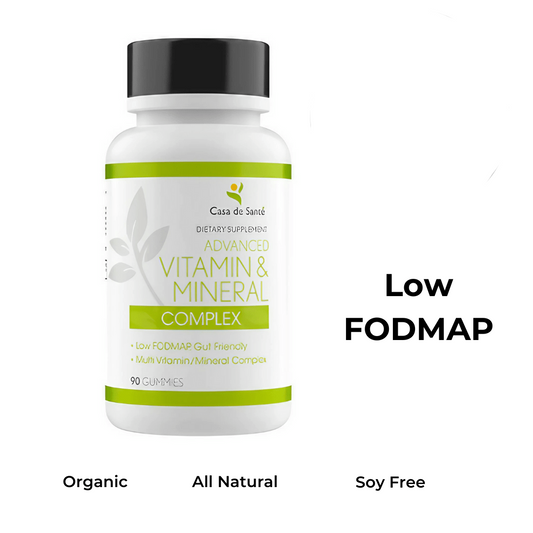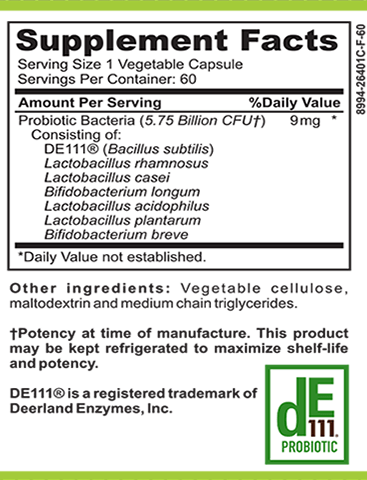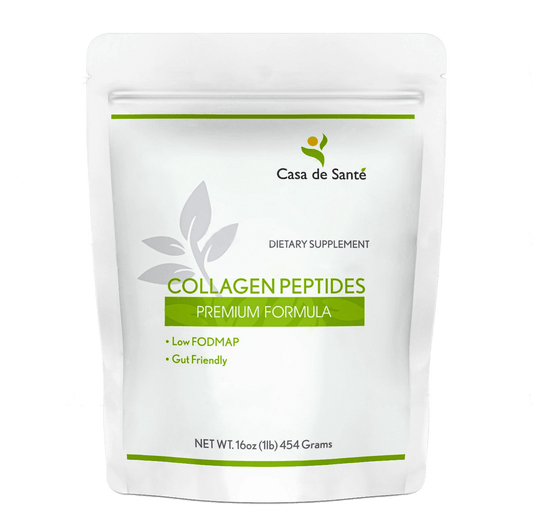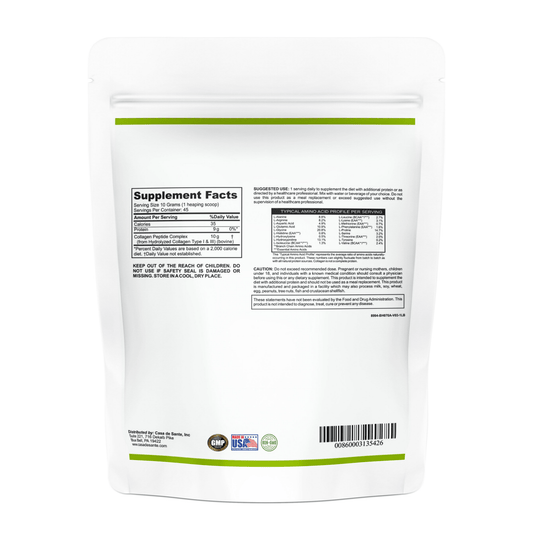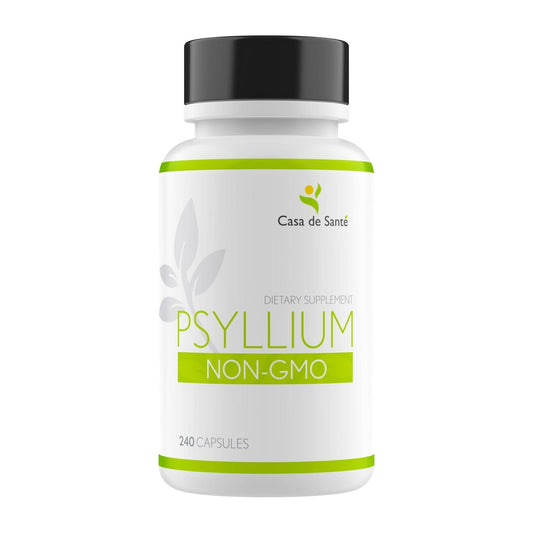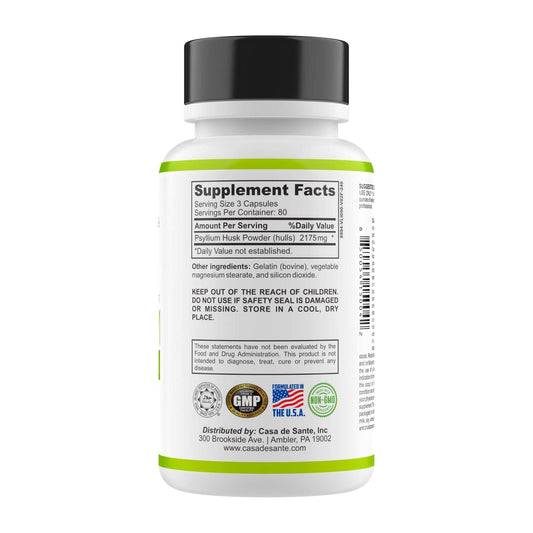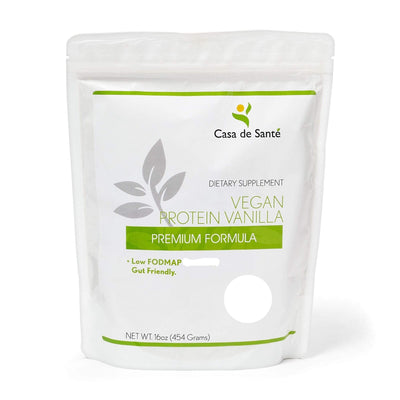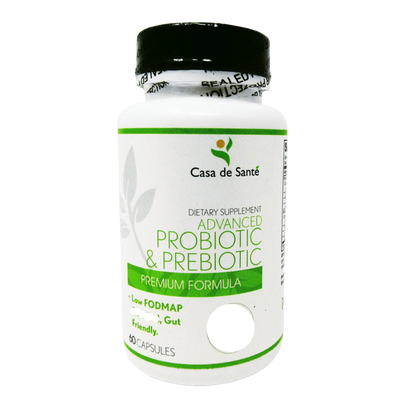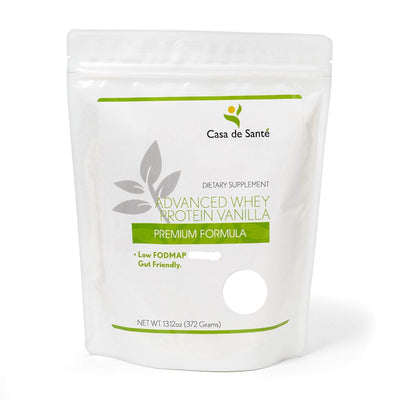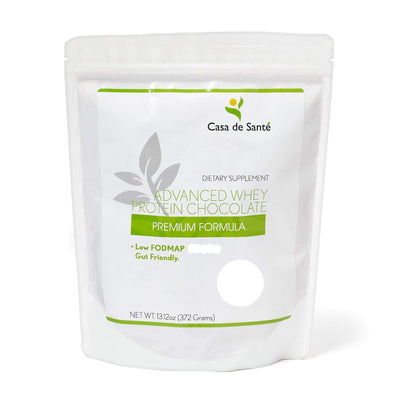Are Green Peas Safe for IBS? A Comprehensive Guide
Are Green Peas Safe for IBS? A Comprehensive Guide
Living with Irritable Bowel Syndrome (IBS) often means carefully navigating your diet to avoid triggering symptoms. Green peas, a common vegetable found in many dishes, can be a source of confusion for those with IBS. Are they a safe addition to your plate, or will they leave you dealing with uncomfortable digestive issues? This comprehensive guide explores everything you need to know about green peas and IBS, helping you make informed decisions about including this nutritious vegetable in your diet.
Understanding IBS and Diet Triggers
Irritable Bowel Syndrome affects approximately 10-15% of the global population, causing symptoms like abdominal pain, bloating, gas, and changes in bowel habits. What makes IBS particularly challenging is that triggers vary significantly from person to person, with food being one of the most common culprits behind symptom flare-ups.
Many IBS sufferers find relief through dietary modifications, with approaches like the low-FODMAP diet gaining popularity for symptom management. This diet temporarily restricts fermentable carbohydrates that can trigger IBS symptoms, including certain fruits, vegetables, grains, and legumes. Understanding where green peas fit into this puzzle requires examining their nutritional composition and how it might affect IBS symptoms.
The FODMAP Connection
FODMAPs (Fermentable Oligosaccharides, Disaccharides, Monosaccharides, and Polyols) are types of carbohydrates that can be poorly absorbed in the small intestine. When these carbohydrates reach the large intestine, they're fermented by gut bacteria, potentially causing gas, bloating, and other IBS symptoms in sensitive individuals.
Green peas contain moderate amounts of FODMAPs, particularly oligosaccharides like galacto-oligosaccharides (GOS). This places them in a somewhat ambiguous position for IBS sufferers – not necessarily a high-FODMAP food to strictly avoid, but not a low-FODMAP option that's universally safe either.
Nutritional Profile of Green Peas
Before deciding whether to include or exclude green peas from your IBS-friendly diet, it's worth understanding their nutritional value. Green peas are nutrient-dense vegetables that offer numerous health benefits when tolerated well.
A half-cup serving (about 80g) of green peas contains approximately 4 grams of protein, 4 grams of fiber, and a wealth of vitamins and minerals including vitamin K, vitamin C, manganese, folate, and thiamin. They're also a good source of antioxidants and anti-inflammatory compounds that support overall health.
Fiber Content: Friend or Foe for IBS?
Green peas contain both soluble and insoluble fiber, with a half-cup serving providing about 4 grams of total dietary fiber. For some IBS sufferers, fiber can be beneficial, particularly soluble fiber which helps regulate bowel movements and can reduce diarrhea. However, for others – especially those with IBS-C (constipation-predominant IBS) – too much fiber, particularly insoluble fiber, might worsen symptoms.
The fiber in green peas can be a double-edged sword. While it supports digestive health in appropriate amounts, consuming too many peas at once might trigger bloating, gas, or abdominal discomfort in sensitive individuals. This is why portion control becomes especially important when introducing green peas into an IBS diet.
Protein Content and Digestibility
One of the notable benefits of green peas is their protein content, making them a valuable plant-based protein source. However, legume proteins can sometimes be more challenging to digest for people with sensitive digestive systems. The combination of protein and fiber in peas means they require more digestive effort, potentially causing issues for some IBS sufferers.
Cooking methods can influence protein digestibility, with well-cooked peas generally being easier to tolerate than raw or undercooked ones. This is something to consider when preparing peas if you have IBS.
Green Peas and the Low-FODMAP Diet
The low-FODMAP diet, developed by researchers at Monash University, has become a go-to approach for managing IBS symptoms. According to Monash University's FODMAP database, green peas are considered moderate in FODMAPs, with serving size being the critical factor in determining their suitability for a low-FODMAP diet.
Small portions of green peas (approximately 1/4 cup or 42g) may be tolerated by many IBS sufferers, even during the restrictive phase of the low-FODMAP diet. However, larger servings can push the FODMAP content into problematic territory, potentially triggering symptoms in sensitive individuals.
Portion Control is Key
When it comes to green peas and IBS, the adage "the dose makes the poison" rings particularly true. Many people with IBS can enjoy small amounts of moderate-FODMAP foods without experiencing symptoms. A few tablespoons of green peas added to a rice dish or soup might be well-tolerated, while a large serving of pea soup could trigger discomfort.
If you're following the low-FODMAP diet strictly, it's advisable to limit green peas to the recommended serving size of about 1/4 cup per meal. During the reintroduction phase, you can test your personal tolerance by gradually increasing portions and monitoring your symptoms.
Individual Variation in Tolerance
Perhaps the most important thing to understand about IBS is that it's highly individualized. Food triggers can vary dramatically from person to person, and what causes symptoms for one individual might be perfectly tolerable for another. This principle applies to green peas as well.
Some IBS sufferers report being able to eat green peas without any issues, while others experience significant discomfort even with small amounts. This variation can be attributed to differences in gut microbiome composition, digestive enzyme production, gut sensitivity, and other physiological factors.
The Importance of Food Testing
Given the individual nature of IBS triggers, systematic food testing becomes invaluable. If you're curious about your tolerance for green peas, consider testing them methodically during the reintroduction phase of the low-FODMAP diet or through careful food journaling.
Start with a small portion (about 1-2 tablespoons) of well-cooked green peas when your symptoms are otherwise stable. Monitor your response for 24-48 hours before deciding whether to increase the portion size or frequency. This gradual approach allows you to identify your personal threshold without risking a major symptom flare-up.
Preparation Methods That May Improve Tolerance
How you prepare green peas can significantly impact how well they're tolerated with IBS. Certain cooking methods and preparation techniques may help reduce their FODMAP content or make them easier to digest.
Thoroughly cooking peas breaks down some of the complex carbohydrates and fiber structures that can be challenging for sensitive digestive systems. This is why many people find that well-cooked peas in soups or stews are better tolerated than barely-cooked or raw peas.
Canned vs. Fresh vs. Frozen
The form of green peas you choose might also affect digestibility. Some IBS sufferers report that canned peas are better tolerated than fresh or frozen varieties. This could be due to the canning process, which involves thorough cooking that may break down some of the problematic compounds. However, be aware that canned products often contain added salt, which can be an issue for those who are sodium-sensitive.
Frozen peas, while convenient, are typically blanched rather than fully cooked before freezing. This means they retain more of their original FODMAP content and fiber structure, potentially making them more challenging for sensitive digestive systems. Cooking frozen peas thoroughly before consumption may help improve tolerance.
Pureeing and Straining
For those who enjoy the flavor of peas but struggle with the fiber content, pureeing and straining can be helpful techniques. Creating a smooth pea puree and then passing it through a fine-mesh strainer removes much of the insoluble fiber while retaining flavor and some nutrients. This method creates a more digestible form that might be better tolerated by those with sensitive digestive systems.
Another option is to use peas as a flavoring agent rather than a main ingredient. For example, cooking peas in a soup and then removing them before serving allows their flavor to infuse the dish without including the potentially problematic fiber and FODMAPs.
Alternatives to Green Peas for IBS Sufferers
If you find that green peas consistently trigger your IBS symptoms even in small amounts or with careful preparation, there are several low-FODMAP alternatives that can provide similar nutritional benefits or culinary uses.
For the nutritional profile, consider incorporating other low-FODMAP vegetables like spinach, kale, carrots, or zucchini, which provide various vitamins and minerals. While they don't match the protein content of peas, they can be part of a balanced diet that includes other protein sources.
Low-FODMAP Legume Options
If you're looking specifically for legume alternatives, canned lentils (rinsed well) and canned chickpeas (in small portions of 1/4 cup) are considered low-FODMAP according to Monash University testing. The canning process appears to reduce the FODMAP content of these legumes, making them more suitable for IBS sufferers than their dried counterparts.
Tofu and tempeh are also excellent low-FODMAP protein sources that can substitute for the protein component that peas would provide in a meal. These soy-based foods are generally well-tolerated by most people with IBS when consumed in appropriate portions.
Conclusion: Can You Eat Green Peas with IBS?
The answer to whether green peas are safe for IBS isn't straightforward – it depends on your individual tolerance, the portion size, and how they're prepared. For many people with IBS, small portions of well-cooked green peas (around 1/4 cup) can be included in an otherwise low-FODMAP meal without triggering symptoms.
The best approach is to test your personal tolerance systematically, starting with small amounts and carefully monitoring your response. Keep in mind that your tolerance might vary depending on other factors like stress levels, other foods consumed in the same meal, and the overall state of your digestive system.
Remember that managing IBS is about finding the right balance for your unique body, not following rigid rules. With careful testing and attention to your body's signals, you can determine whether green peas deserve a place on your plate or are better left for others to enjoy. When in doubt, consulting with a registered dietitian who specializes in digestive disorders can provide personalized guidance for incorporating nutritious foods like green peas into your IBS-friendly diet.


